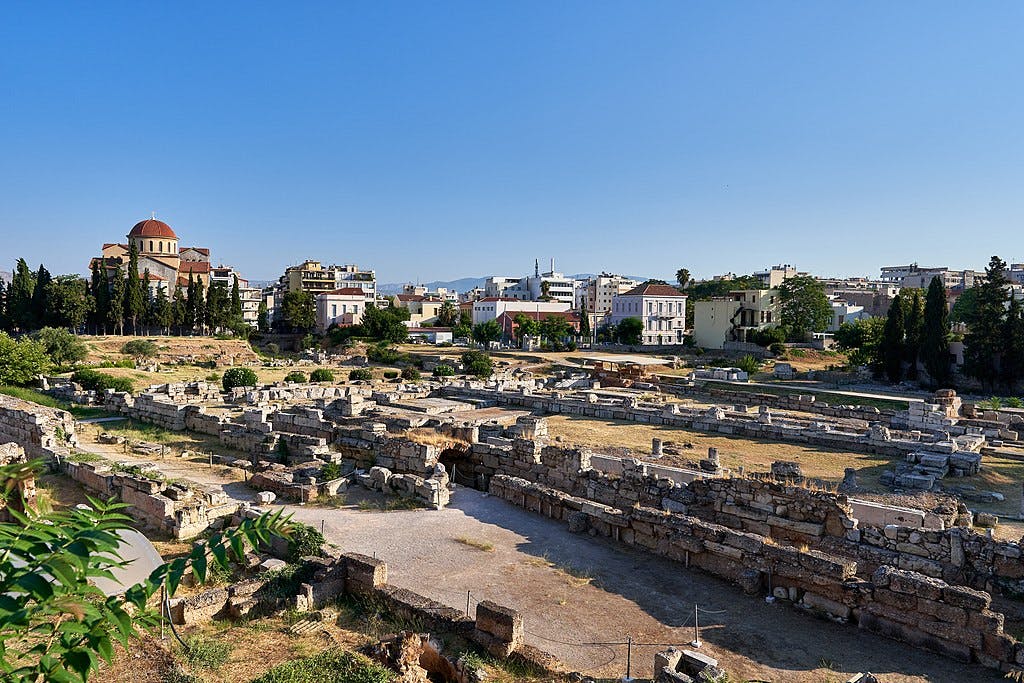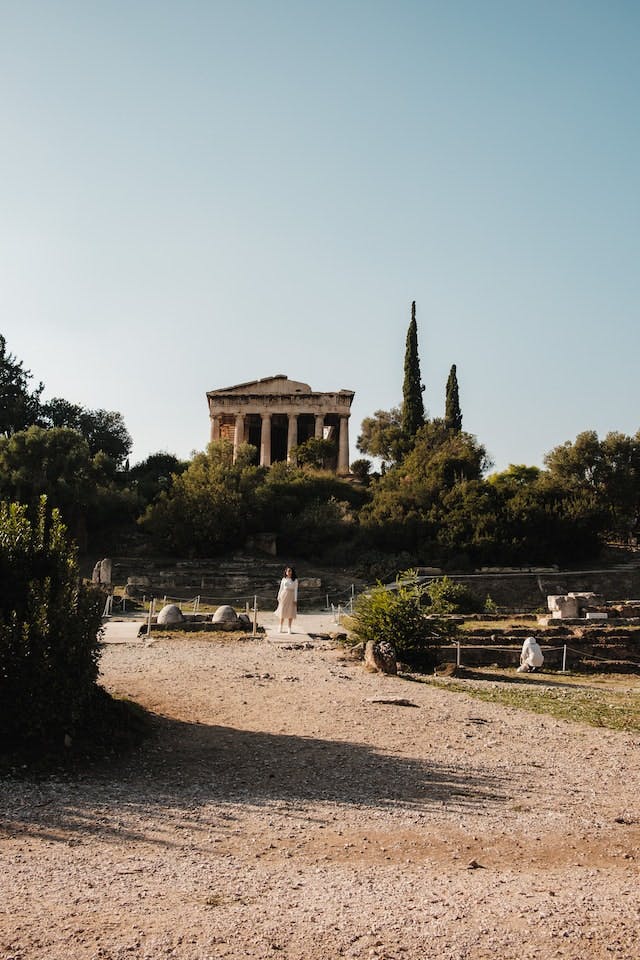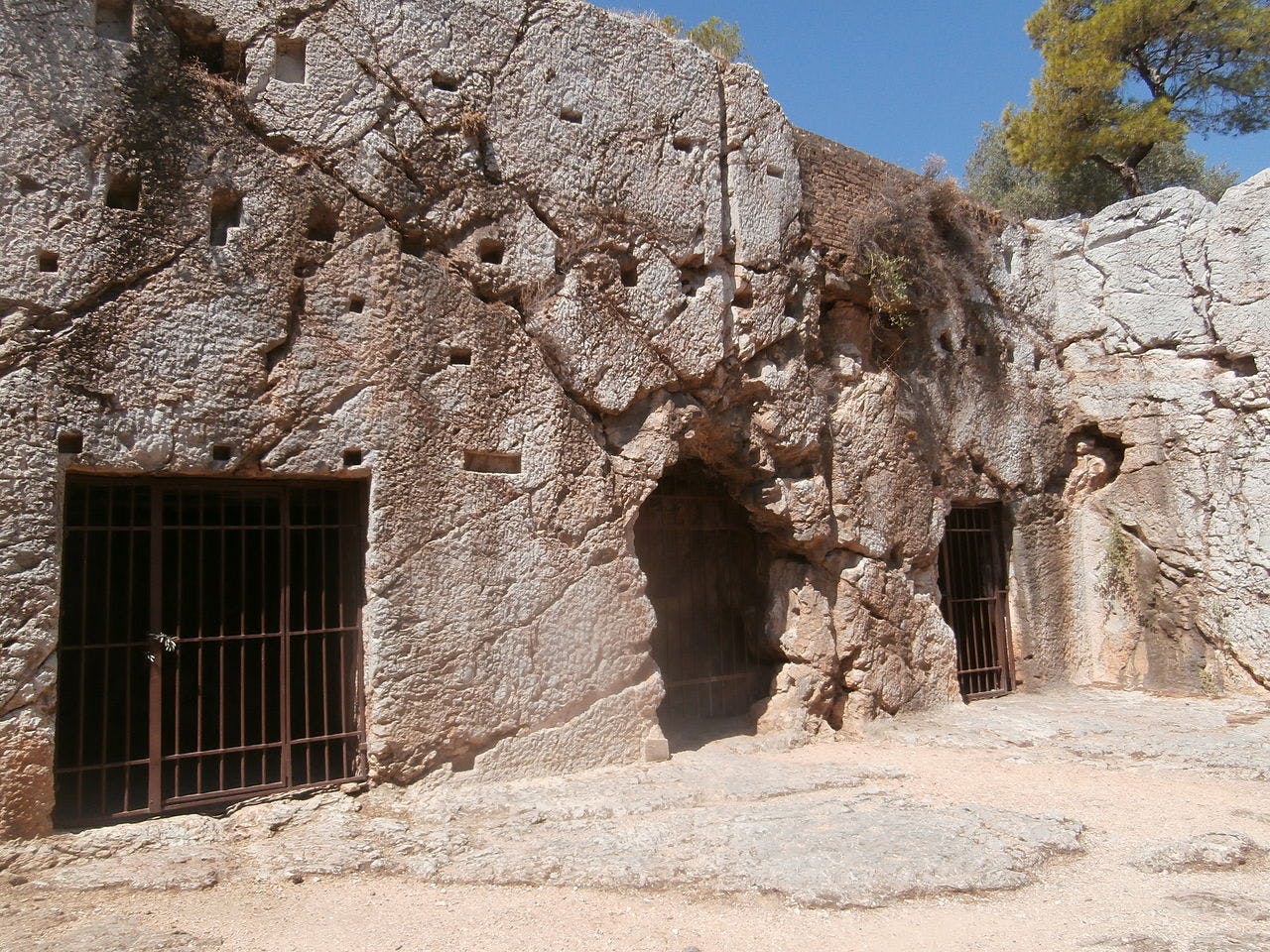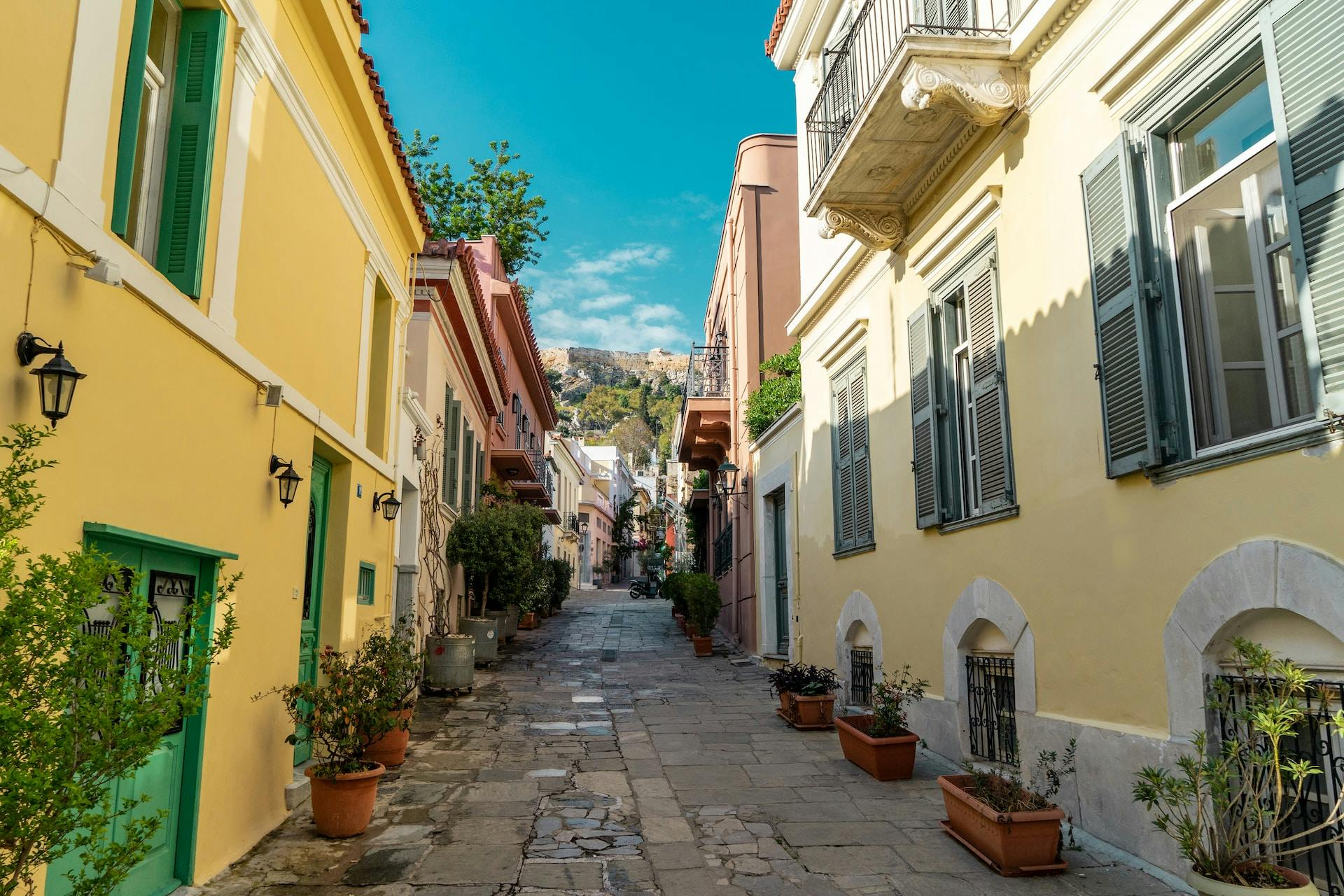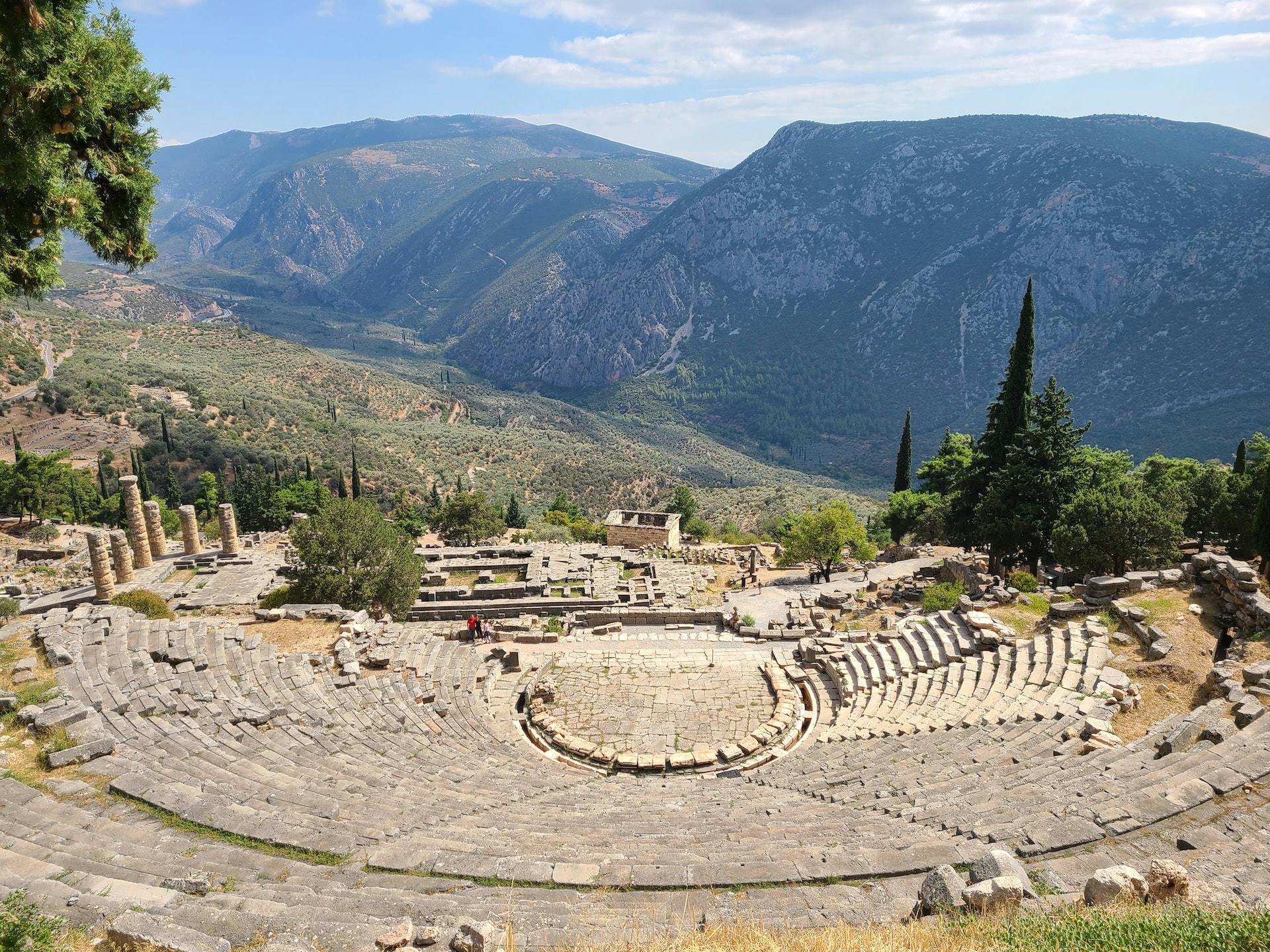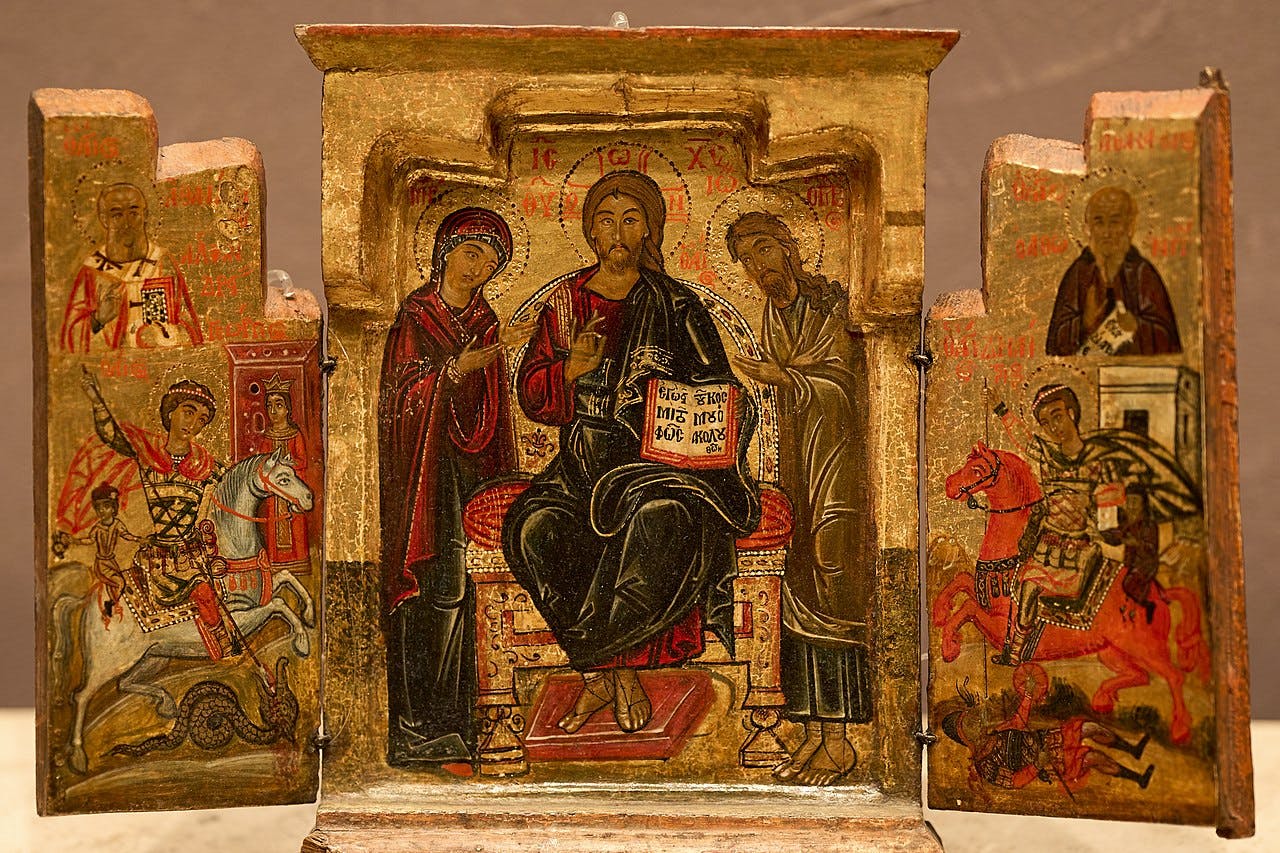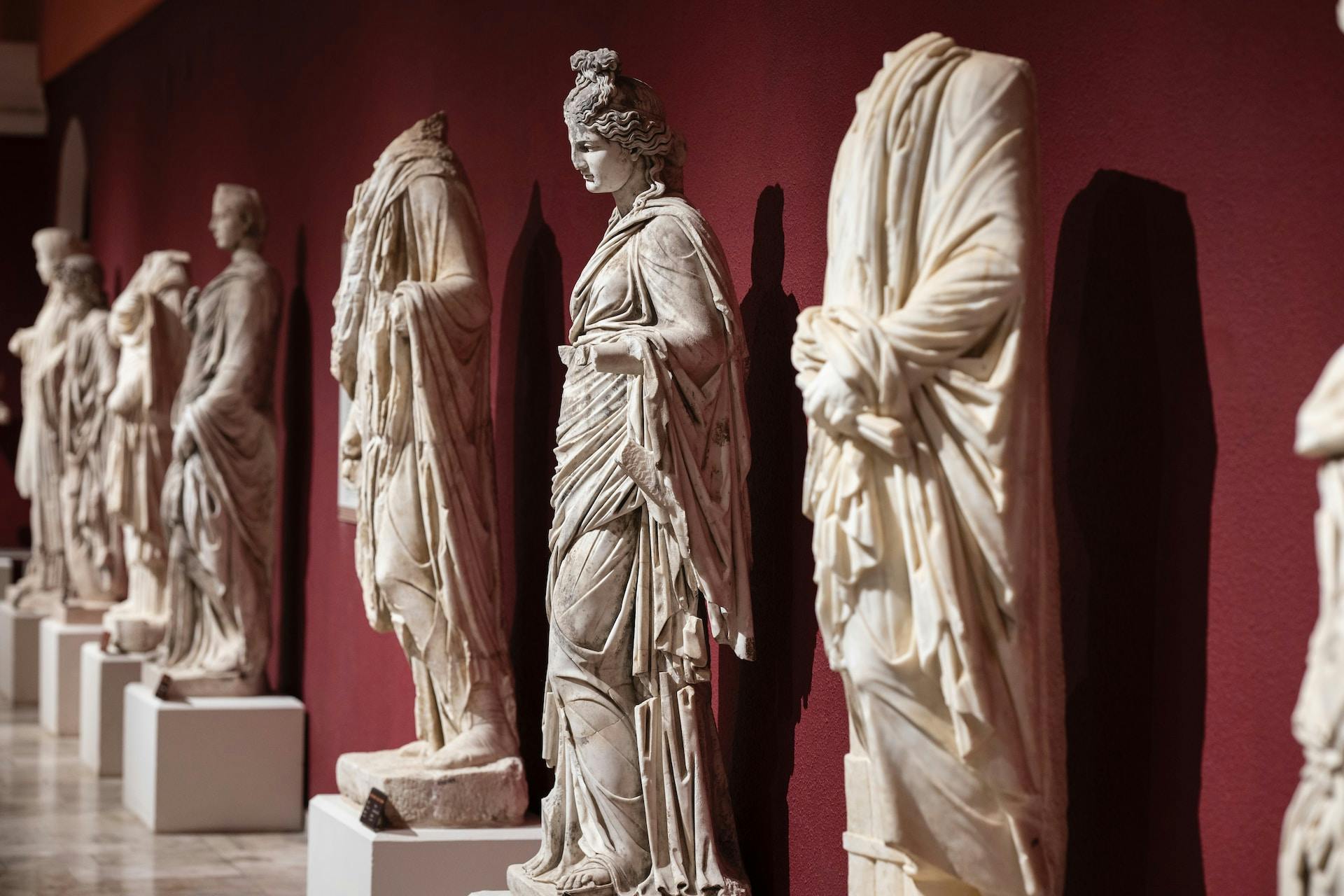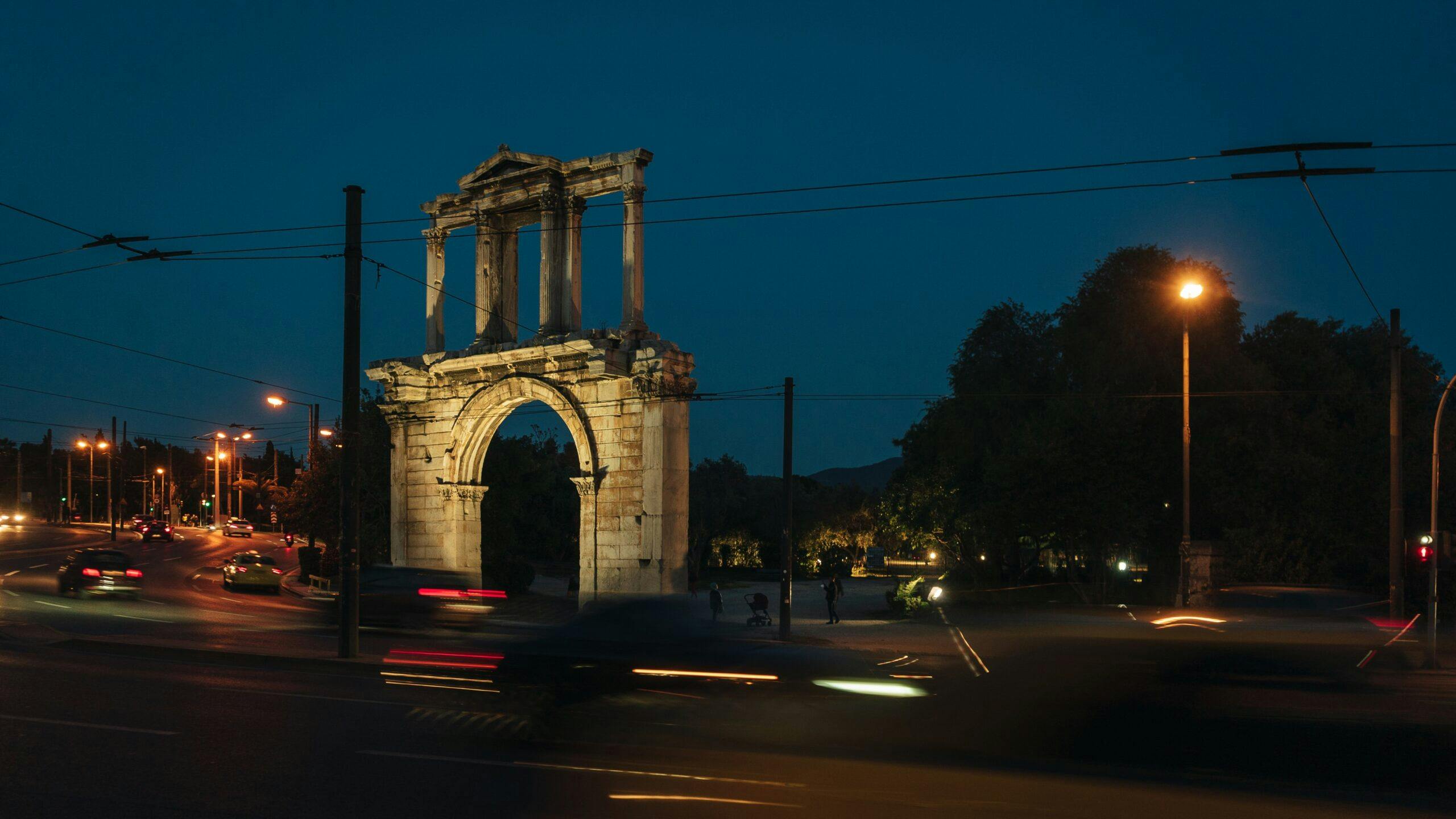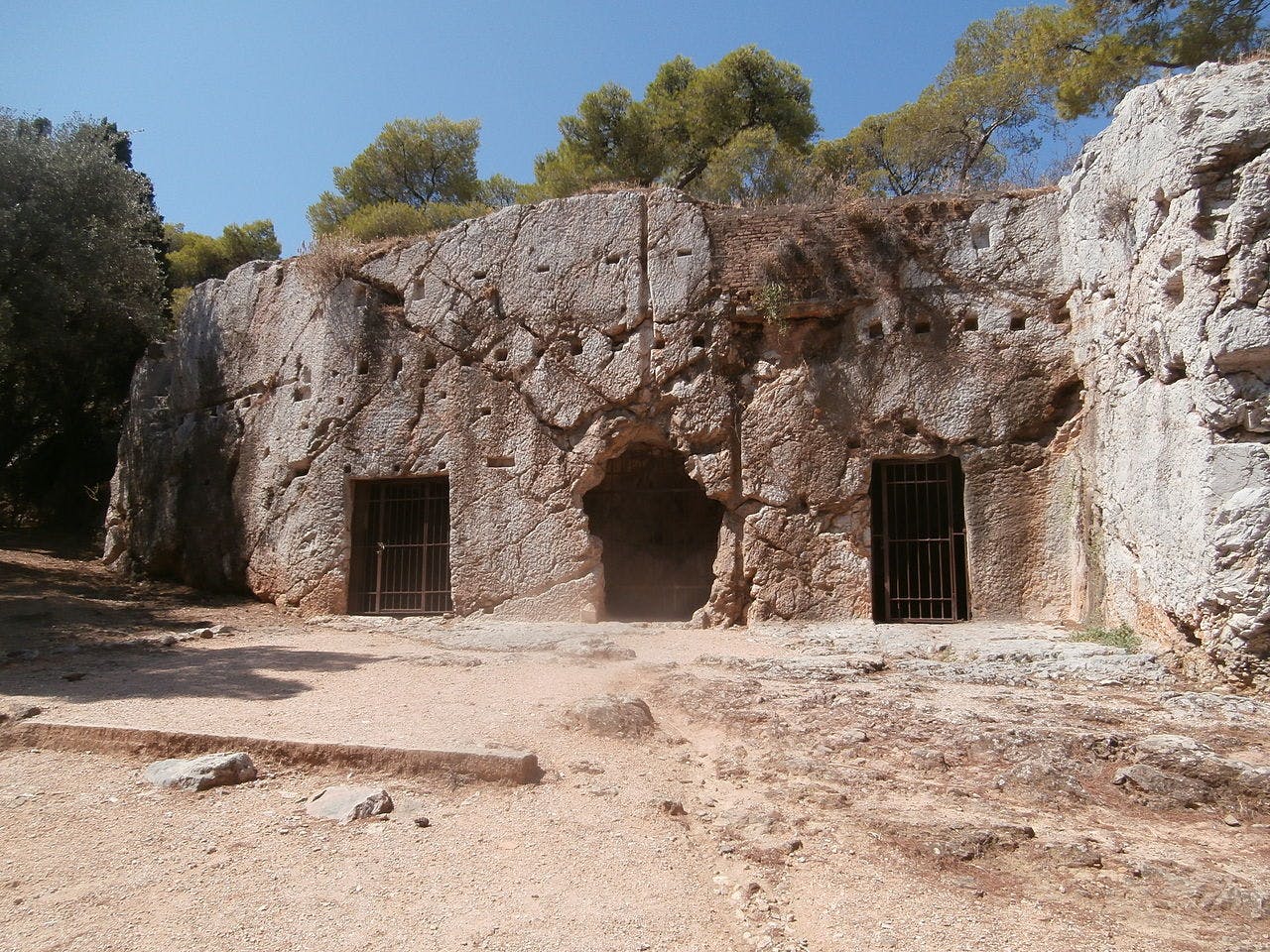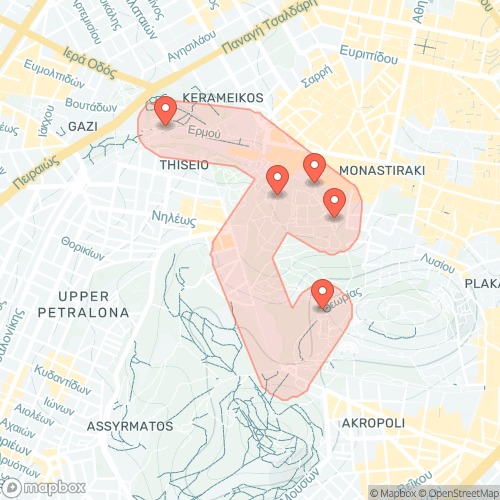Audio tour
•
The public buildings of ancient Athens
Discover the ancient Athenian living and lifestyle through the famous ruins in the Kerameikos district and Agora archaeo
By
Ptolemy
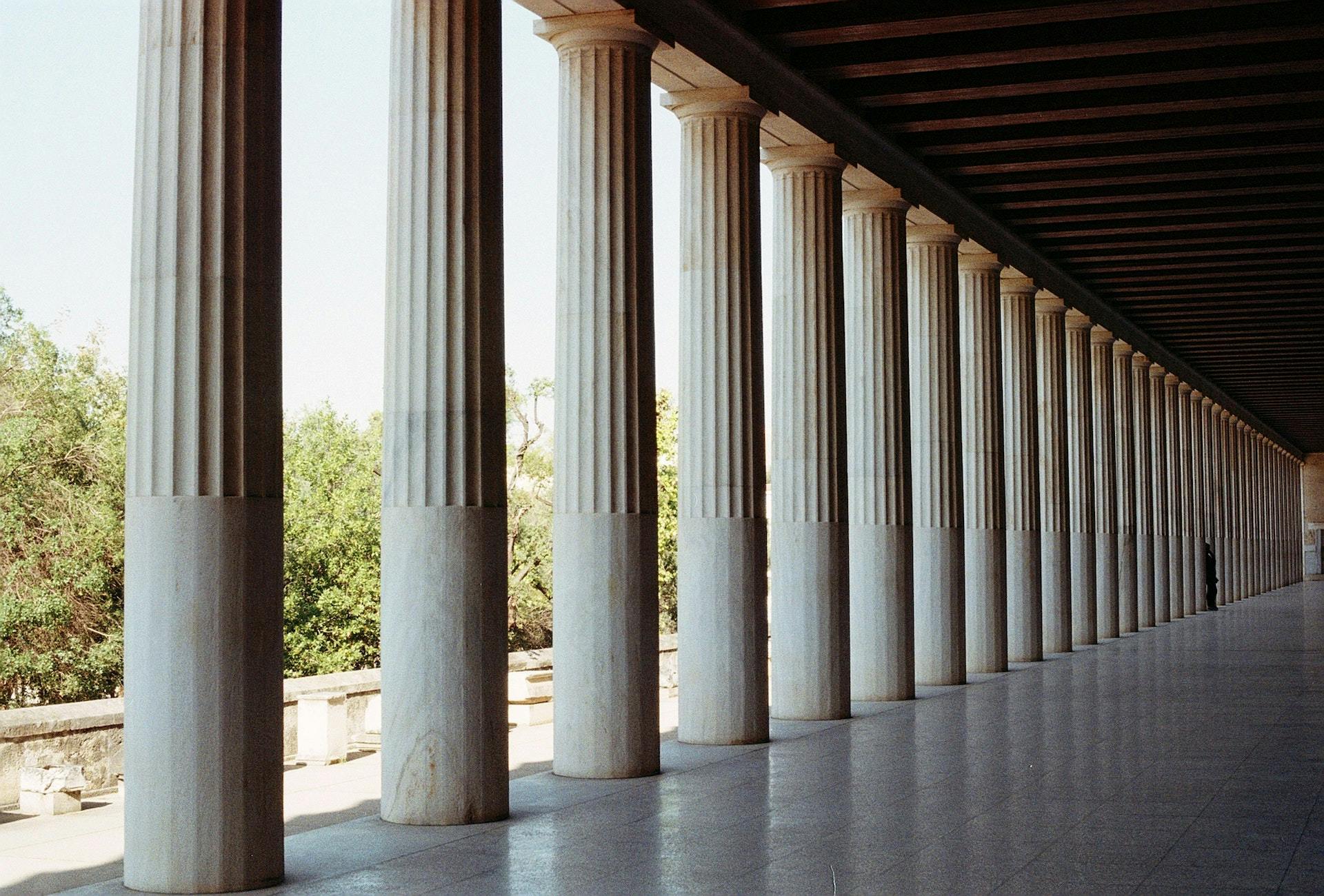
Ptolemy
All our content is conceived and written by our editorial team, consisting of students and recent graduates in Cultural Heritage, Ancient and Medieval History, and Arts.
Last updated on July 6, 2024
